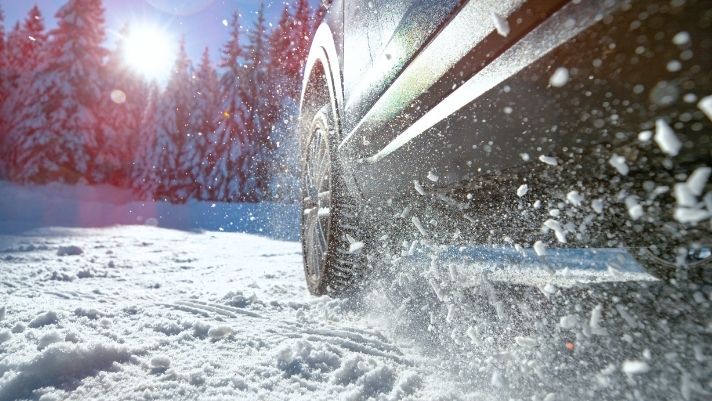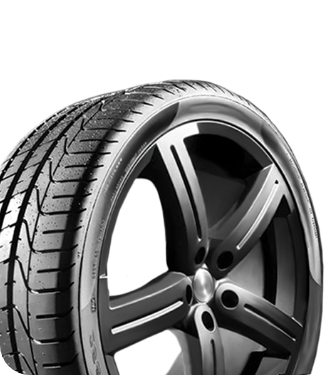

Understanding Slip Angles and Tire Traction
Tires |If you’re looking to learn about the different forces that affect your tires’ traction, you’ve likely heard the term “slip angle” a few times. This ratio deals with the different directions your car can operate in and how the specific direction your tires are facing can hinder or help their grip. So if you want fully grasp tire functionality as a whole, understanding slip angles and tire traction together will be one of your first steps.
What Is a Slip Angle?
When referring to a vehicle’s slip angle, we’re talking about its ratio of forward to lateral movement. As a car’s tires roll, there’s typically a certain level of slippage with the road that makes the actual driving direction different from the perspective that the tires are facing. Because of this, the slip angle in question is the difference between these two factors. It also helps account for a series of other tire capabilities—such as tire traction.
How Slip Angle Affects Tire Traction
The primary thing to understand about slip angles and tire traction is that the larger the slip angle is, the less traction you have with the road. When slippage occurs, a tire’s tread is no longer in full contact with the pavement in the direction you’re trying to go. Therefore, you have less grip when trying to move as you desire. For this reason, finding ways to minimize the amount of slippage you experience is essential to maintaining optimal control over your car. When purchasing new tires for your vehicle, slip angle is something you definitely want to take into account. As such, at RNR Tire Express, we keep detailed records of all our tires’ specifications and can install them in a way that minimizes slippage and maximizes traction. Our cheap tires in Rock Hill, SC, are also from some of the industry’s top brands—ensuring that you’re always leaving with the best products possible.





